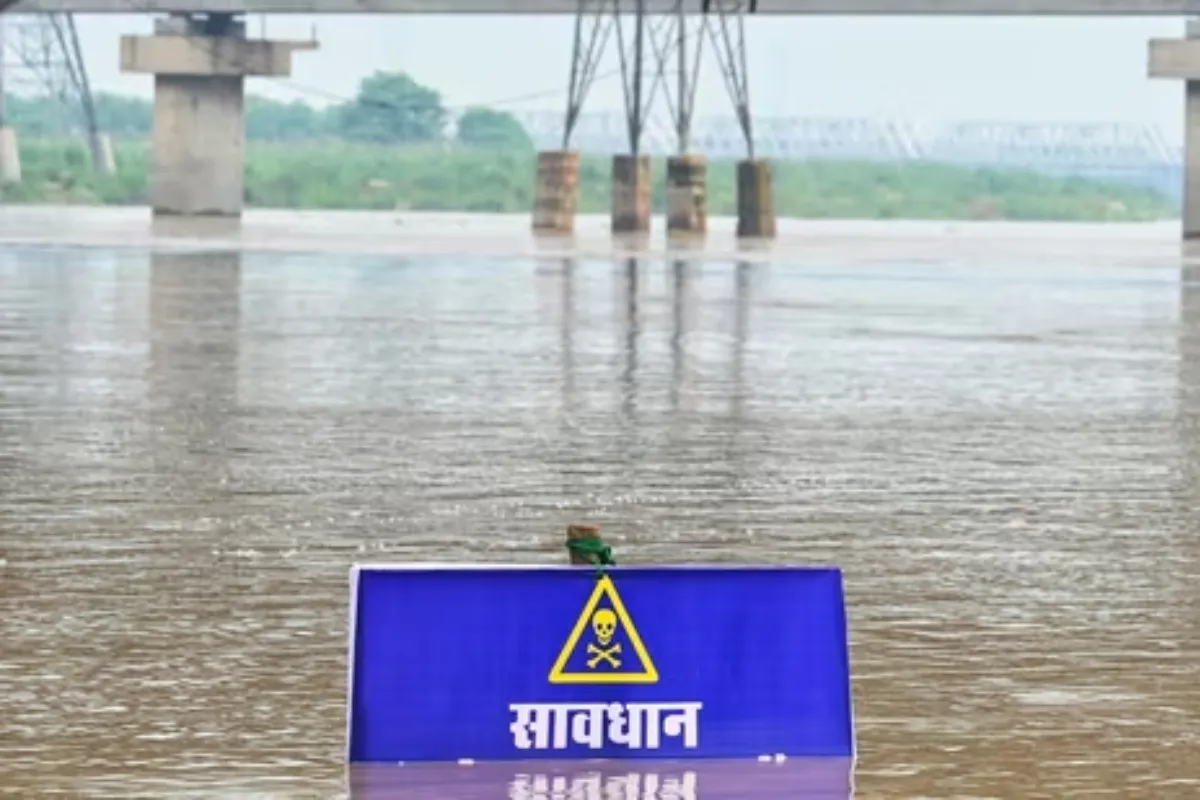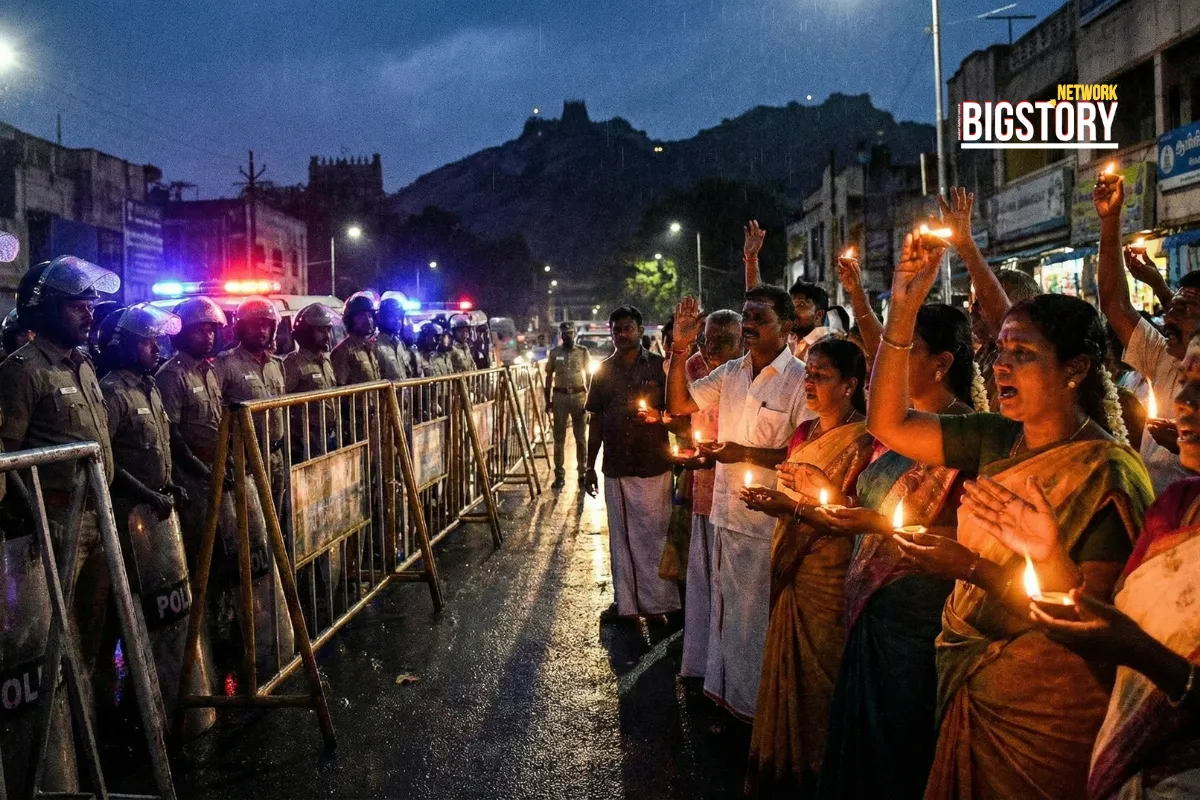A flood advisory has been issued for Delhi as the Yamuna River crosses the danger mark. Massive water release from the Hathnikund Barrage and heavy rains have prompted authorities to prepare for potential mass evacuations in low-lying areas.
 Manish Saini
Manish Saini

A flood scare is gripping the national capital as the Yamuna River has swelled past its danger mark, prompting authorities to issue a high-level flood advisory and initiate preparations for the evacuation of residents from low-lying areas. The situation escalated rapidly following heavy rainfall in the upper catchment areas of Himachal Pradesh and Uttarakhand and the subsequent release of massive quantities of water from the Hathnikund and Wazirabad barrages. The Central Water Commission (CWC) has warned that the river's water level is expected to rise further, potentially reaching 206 meters by early Tuesday, August 19, well above the danger level of 205.33 meters.
The river officially crossed the warning mark of 204.50 meters on Sunday evening, with the water level at the Old Railway Bridge—a key monitoring point—recorded at 204.60 meters around 7 pm. By Monday, the water level had breached the danger mark, triggering a swift response from city and central agencies who are now on high alert to handle a potential flood-like situation.
The primary cause of the sudden surge in the Yamuna's water level is the unprecedented volume of water being discharged from barrages upstream. The Hathnikund Barrage in Haryana opened all 18 of its gates for the first time this monsoon season, releasing a staggering 178,896 cusecs of water downstream on Saturday. This discharge is classified as a "low flood," but the sheer volume is enough to cause significant concern in Delhi, as it typically takes 36 to 50 hours for this water to reach the capital.
Compounding the issue is the continuous rainfall in the river's catchment areas, which has kept water levels high. The Wazirabad barrage is also releasing a substantial 45,620 cusecs of water every hour, adding to the downstream flow. An official from the central flood room confirmed that the escalating water levels were primarily due to these massive and sustained barrage releases.
With memories of the devastating floods of July 2023 still fresh, authorities are leaving nothing to chance. The Delhi government, in coordination with disaster management agencies like the NDMA and NDRF, has been put on high alert. The Irrigation and Flood Control Department has issued the first flood warning of the season, directing its sector officers to remain vigilant and ready for action.
Key preparedness measures include:
The current flood alert brings back harrowing memories of the July 2023 floods, when the Yamuna reached its highest-ever recorded level of 208.66 meters. Those floods caused widespread devastation, inundating vast areas of east and central Delhi, including critical locations like ITO and Rajghat. Major arterial roads like the Ring Road were submerged, and thousands of residents had to be evacuated from their homes, leading to chaos that lasted for days.
Officials have stated that the lessons learned from last year's crisis are guiding the current response, with a strong emphasis on early warnings, proactive evacuations, and seamless coordination between all government bodies. As the Yamuna continues to swell, the city holds its breath, hoping that these enhanced preparedness measures will be enough to mitigate the impact of the rising waters and prevent a repeat of last year's disaster. Residents have been strongly advised to stay alert, follow official advisories, and avoid venturing near the turbulent riverbanks.






Sign up for the Daily newsletter to get your biggest stories, handpicked for you each day.
 Trending Now! in last 24hrs
Trending Now! in last 24hrs



